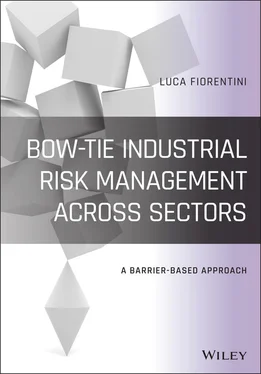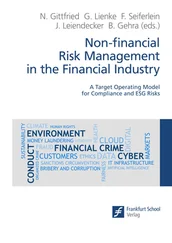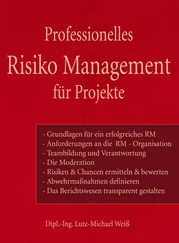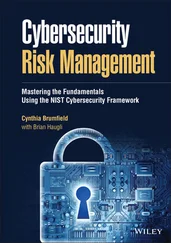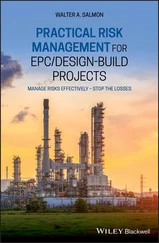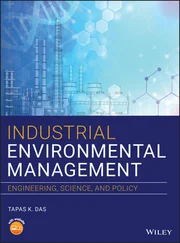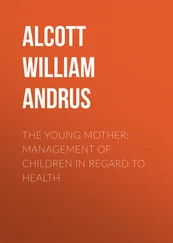468 438
469 439
Bow‐Tie Industrial Risk Management Across Sectors
A Barrier‐Based Approach
Professor Luca Fiorentini

This edition first published 2022
© 2022 John Wiley & Sons Ltd
All rights reserved. No part of this publication may be reproduced, stored in a retrieval system, or transmitted, in any form or by any means, electronic, mechanical, photocopying, recording or otherwise, except as permitted by law. Advice on how to obtain permission to reuse material from this title is available at http://www.wiley.com/go/permissions.
The right of Luca Fiorentini to be identified as the author of this work has been asserted in accordance with law.
Registered Office John Wiley & Sons, Inc., 111 River Street, Hoboken, NJ 07030, USA John Wiley & Sons Ltd, The Atrium, Southern Gate, Chichester, West Sussex, PO19 8SQ, UK
Editorial Office 111 River Street, Hoboken, NJ 07030, USA
For details of our global editorial offices, customer services, and more information about Wiley products visit us at www.wiley.com.
Wiley also publishes its books in a variety of electronic formats and by print‐on‐demand. Some content that appears in standard print versions of this book may not be available in other formats.
Limit of Liability/Disclaimer of Warranty While the publisher and authors have used their best efforts in preparing this work, they make no representations or warranties with respect to the accuracy or completeness of the contents of this work and specifically disclaim all warranties, including without limitation any implied warranties of merchantability or fitness for a particular purpose. No warranty may be created or extended by sales representatives, written sales materials or promotional statements for this work. The fact that an organization, website, or product is referred to in this work as a citation and/or potential source of further information does not mean that the publisher and authors endorse the information or services the organization, website, or product may provide or recommendations it may make. This work is sold with the understanding that the publisher is not engaged in rendering professional services. The advice and strategies contained herein may not be suitable for your situation. You should consult with a specialist where appropriate. Further, readers should be aware that websites listed in this work may have changed or disappeared between when this work was written and when it is read. Neither the publisher nor authors shall be liable for any loss of profit or any other commercial damages, including but not limited to special, incidental, consequential, or other damages.
Library of Congress Cataloging‐in‐Publication Data
Name: Fiorentini, Luca, 1976– author.
Title: Bow‐tie industrial risk management across sectors : a barrier based approach / Professor Luca Fiorentini.
Description: First edition. | Hoboken, NJ : Wiley, 2022. | Includes bibliographical references and index. | Summary: “As stated by ISO 31000 “organizations of all types and sizes face internal and external factors and influences that make it uncertain whether and when they will achieve their objectives. The effect this uncertainty has on organization’s objectives is a risk. All activities of an organization involve risk”. ISO, together with the International Trade Centre and the United Nations Industrial Development Organization published a specific guide about the importance of the implementation of sound risk management practices in small and mid enterprises. Risk management is an integral part of all organizational processes and of decision making. It should be systematic, structured and timely. It also should be based on the best available information and tailored. It should consider human and cultural factors (“soft” factors) together with technical and organizational factors (“hard” factors).”– Provided by publisher.
Identifiers: LCCN 2021003284 (print) | LCCN 2021003285 (ebook) | ISBN 9781119523833 (hardback) | ISBN 9781119523826 (adobe pdf) | ISBN 9781119523673 (epub) | ISBN 9781119523857 (obook)
Subjects: LCSH: Risk management.
Classification: LCC HD61 .F49 2022 (print) | LCC HD61 (ebook) | DDC 658.15/5–dc23
LC record available at https://lccn.loc.gov/2021003284LC ebook record available at https://lccn.loc.gov/2021003285
Cover Design: Wiley
Cover Image: © Nikolay_Popov/iStockphoto
To my wife Sonia, with whom, day by day and together, I always reach new important goals. Thank you for your support, patience and constant love, witnessed by the wonderful family we have.
Luca Fiorentini
Figure 1Descent from Col du Chardonnet. Is it safe? Source: Luca Marmo archive photo.
Figure 2Bas‐relief depicting the god Kairos.
Figure 3The epistemological meaning of security.
Figure 4Swiss Cheese Model. Source: Reason, J., 1990.
Figure 5Top five global risks in terms of likelihood (2007–2020). Source: World Economic Forum, 2020.
Figure 6Top five global risks in terms of impact (2007–2020). Source: World Economic Forum, 2020.
Figure 7Different perspectives on risk.
Figure 8Definition of the scope of risk management.
Figure 9Relationship between principles, framework, and risk management process.
Figure 10The principles of RM according to ISO 31000.
Figure 11The RM framework.
Figure 12Components of a risk management framework.
Figure 13Risk management framework.
Figure 14Leadership and commitment.
Figure 15Internal and external context.
Figure 16Identify the requirements related to risk management.
Figure 17Implementing the risk management framework.
Figure 18Scheme of the risk management process according to ISO 31000.
Figure 19Relationship between the RM principles, framework, and process.
Figure 20Improving the risk management framework.
Figure 21The risk assessment phase in the context of the RM process.
Figure 22Level of risk.
Figure 23Frequency analysis and probability estimation.
Figure 24Risk acceptability and tolerability thresholds.
Figure 25Example of a risk matrix with level of acceptability regions.
Figure 26Prioritization of risk given impact and liklihood.
Figure 27Risk prioritization and the risk matrix.
Figure 28Matrix example for qualitative ALARP analysis.
Figure 29Achieving balance in risk reduction.
Figure 30Risk treatment activities.
Figure 31Residual risk.
Figure 32Risk management process continuous improvement.
Figure 33Documenting the risk management process.
Figure 34Skills and knowledge for a risk manager.
Figure 35 Resources to be allocated for an effective RM.
Figure 36 Understand the mission, objectives, values, and strategies.
Figure 37 Risk control hierarchy and in practice.
Figure 38 Thinking‐Behavior‐Result model. Source: Adapted from Fiorentini and Marmo (2018).
Figure 39 Stimulus‐Response model. Source: Adapted from Fiorentini and Marmo (2018).
Figure 40 Two‐pointed model. Source: Adapted from Fiorentini and Marmo (2018).
Figure 41 Inverted two‐pointed model. Source: Adapted from Fiorentini and Marmo (2018).
Figure 42 Human factors in process plant operation. Source: Adapted from Strobhar (2013).
Figure 43 The principles of RM according to ISO 31000.
Figure 44 Main types of business risks.
Figure 45 Most common enterprise risks.
Figure 46 Culture maturity level in an organization.
Читать дальше
